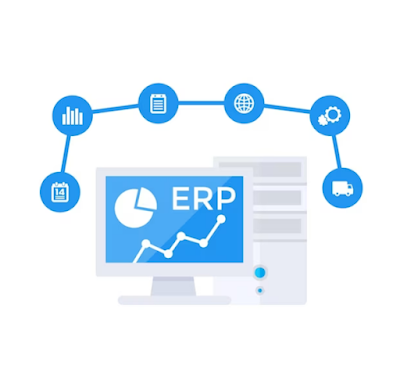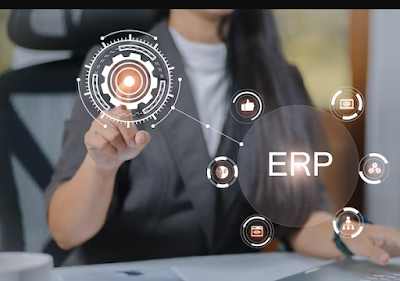Developing secure software using DevSecOps methodologies
Shift Security Left: Traditionally, security is seen as a post-development activity, and security checks are only performed towards the end of the software development lifecycle. DevSecOps, on the other hand, emphasizes the need for security to be integrated early in the development process. By shifting security left, businesses can detect and address security vulnerabilities before they become critical.
Automate Security Testing: Automated security testing is a critical component of DevSecOps methodologies. Automation helps to identify vulnerabilities quickly and accurately, allowing businesses to address them before they can be exploited by attackers. Automated testing also enables developers to focus on more critical tasks, such as designing and building new features.
Continuous Security Monitoring: Continuous security monitoring is another critical component of DevSecOps. By continuously monitoring the software, businesses can identify security issues in real-time and respond to them quickly. Continuous monitoring enables businesses to detect and address security threats before they can cause significant damage.
Collaboration: Collaboration between developers, security teams, and operations teams is essential for developing secure software using DevSecOps methodologies. By working together, these teams can identify security vulnerabilities early and address them before they can become critical. Collaboration also helps to ensure that security is integrated into every step of the software development lifecycle.
Containerization: Containerization is the process of packaging software into containers that can be deployed anywhere. Containerization can help to improve security by isolating software components from each other. This means that if one component is compromised, the rest of the software remains secure.
Secure Coding Practices: Developers must follow secure coding practices to develop secure software. Secure coding practices include using secure coding languages, following coding standards, and implementing security best practices. By following these practices, developers can reduce the likelihood of security vulnerabilities in the software.
In conclusion, DevSecOps methodologies are critical for developing secure software. By shifting security left, automating security testing, continuous security monitoring, collaboration, containerization, and following secure coding practices, businesses can develop software that is secure by design. In today's world, where cyber-attacks are becoming increasingly sophisticated and frequent, DevSecOps methodologies are not an option but a necessity.




Comments
Post a Comment